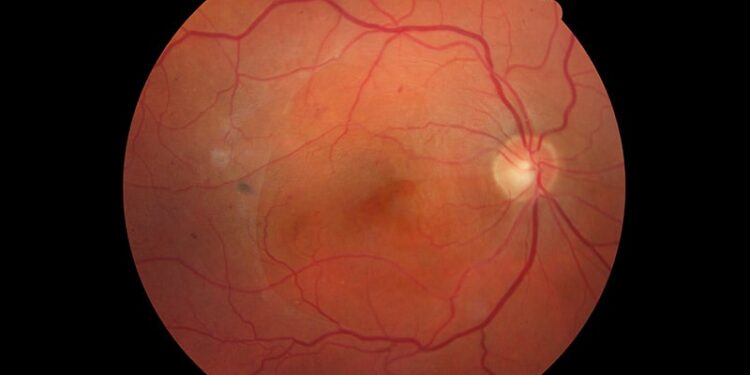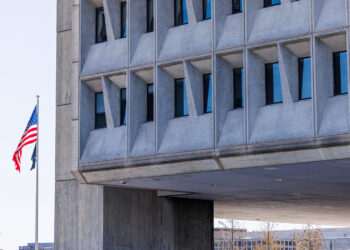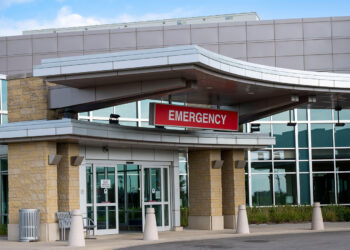TOPLINE:
Obstructive sleep apnea (OSA) was associated with a notably higher risk of developing retinal vein occlusion across different demographic groups, with the greatest increase observed in people of Hispanic or Latino heritage. Among patients with preexisting retinal vein occlusion, the sleep disorder was associated with further ocular complications.
METHODOLOGY:
- Researchers reviewed electronic health records of adults receiving ophthalmologic care and grouped them by the absence (n = 3,279,582; mean age, 50.2 years; 56.9% women) or presence (n = 19,918; mean age, 68.3 years, 53.0% women) of retinal vein occlusion at baseline; the first group also was stratified on the basis of sex, age, and ethnicity.
- Within each cohort, patients with OSA were compared with those without the condition to estimate the risk for incident retinal vein occlusion (first group) and the risk for complications or the need for invasive treatment (second group).
- Complications of retinal vein occlusion included swelling of the macula, abnormal growth of new blood vessels in the retina, or bleeding in the vitreous region; invasive treatments included pars plana vitrectomy, intravitreal injections of anti-VEGF, or laser therapy of the retina.
TAKEAWAY:
- OSA was linked to a 28% increased risk for incident retinal vein occlusion in women (risk ratio [RR], 1.28; 95% CI, 1.14-1.45) and a 35% increased risk for the condition in men (RR, 1.35; 95% CI, 1.19-1.52).
- The association between OSA and retinal vein occlusion was the most prominent in the Hispanic/Latino population, followed by the non-Hispanic White and Black populations; however, the association was not observed in Asian patients.
- Among patients with retinal vein occlusion at baseline, those with OSA faced higher risks for swelling of the macula (RR, 3.70; 95% CI, 3.17-4.31), bleeding in the vitreous region (RR, 2.29; 95% CI, 1.64-3.20), and abnormal growth of new blood vessels in the retina (RR, 2.22; 95% CI, 1.69-2.91); they also received more intravitreal injections of anti-VEGF agents and underwent laser therapy of the retina.
IN PRACTICE:
“Clinicians should consider regular ophthalmology screening of all patients with OSA and, conversely, incorporating OSA screening into regular follow-up appointments for patients with” retinal vein occlusion, the researchers reported. Whether early initiation of continuous positive airway pressure can mitigate the risk for retinal problems in patients with OSA “would be a valuable area for further research,” they added.
SOURCE:
This study was led by Hejin Jeong, Case Western Reserve University School of Medicine, Cleveland. It was published online on July 16, 2025, in Eye.
LIMITATIONS:
Although polysomnography was used to diagnose OSA, data on the number of apnea-hypopnea events and drops in blood oxygen were not available. Since OSA can be significantly underdiagnosed, misclassification bias may have occurred.
DISCLOSURES:
This study received support from the Clinical and Translational Science Collaborative of Cleveland, Research to Prevent Blindness Challenge Grant, and Cleveland Eye Bank Foundation Grant. Some authors disclosed receiving personal fees, research grants, and having other ties with many pharmaceutical companies.
This article was created using several editorial tools, including AI, as part of the process. Human editors reviewed this content before publication.
Source link : https://www.medscape.com/viewarticle/sleep-apnea-can-raise-risk-retinal-vein-disease-2025a1000j75?src=rss
Author :
Publish date : 2025-07-21 06:32:00
Copyright for syndicated content belongs to the linked Source.








